Stemless pipes, sometimes referred to as “bowl only” or “vase” pipes, are intended to be smoked with a reed stem, but have only a hole in the side of the bowl in which to insert the stem. Most examples are made of stone. Examples from Kentucky are usually made of limestone while Tennessee examples are either limestone or claystone. North Carolina examples are usually made of steatite. Effigy forms, common with this pipe style, reflect the events of daily life and subsistence. This pipe form seems to be largely associated with the Fort Ancient culture along the Ohio River. Fort Ancient is a Native American culture that descended from the Hopewellian culture of Ohio and flourished between 1000 and 1750 A.D. in the area of the Ohio River along southern Ohio, northern Kentucky, southeastern Indiana and western Virginia. The form may have appeared as early as 1300 A.D. during the Dallas phase of the Late Mississippian period and certainly lasted until European contact.
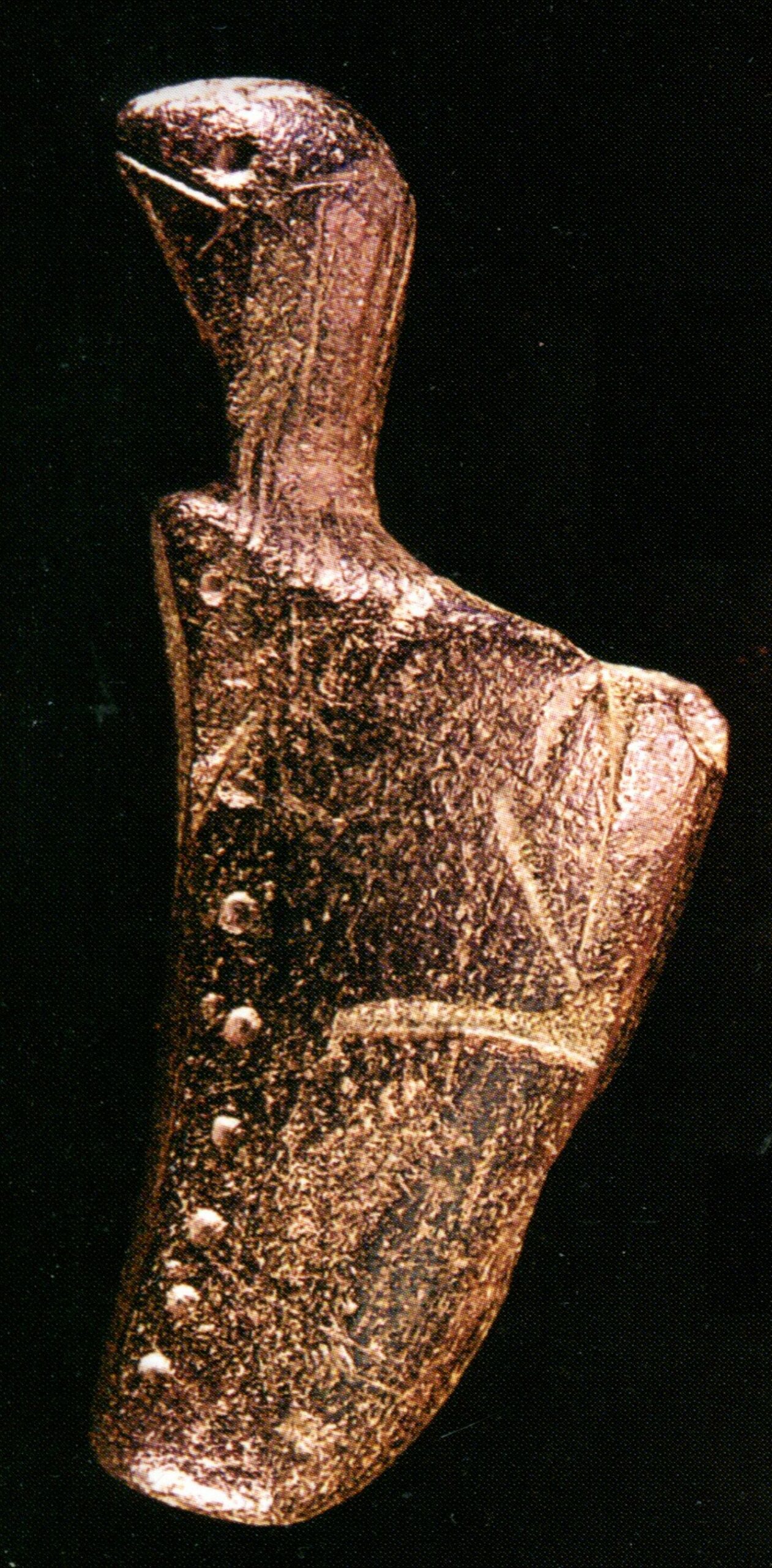
Pipe A, a turtle effigy pipe, was recovered in the bottom lands at the confluence of the Johns River and Wilson’s Creek near Playgoer Beach in western Caldwell County, North Carolina by Clayton T. Hammer of Taylorsville, North Carolina after local flooding. The pipe was pictured in the CSAJ, Vol.51, No.2, 2004 in an article written by Ron Harris. The pipe is made of green steatite and is 4.25 inches long and appears to have tally markings on one side and punctation-like markings on the other.
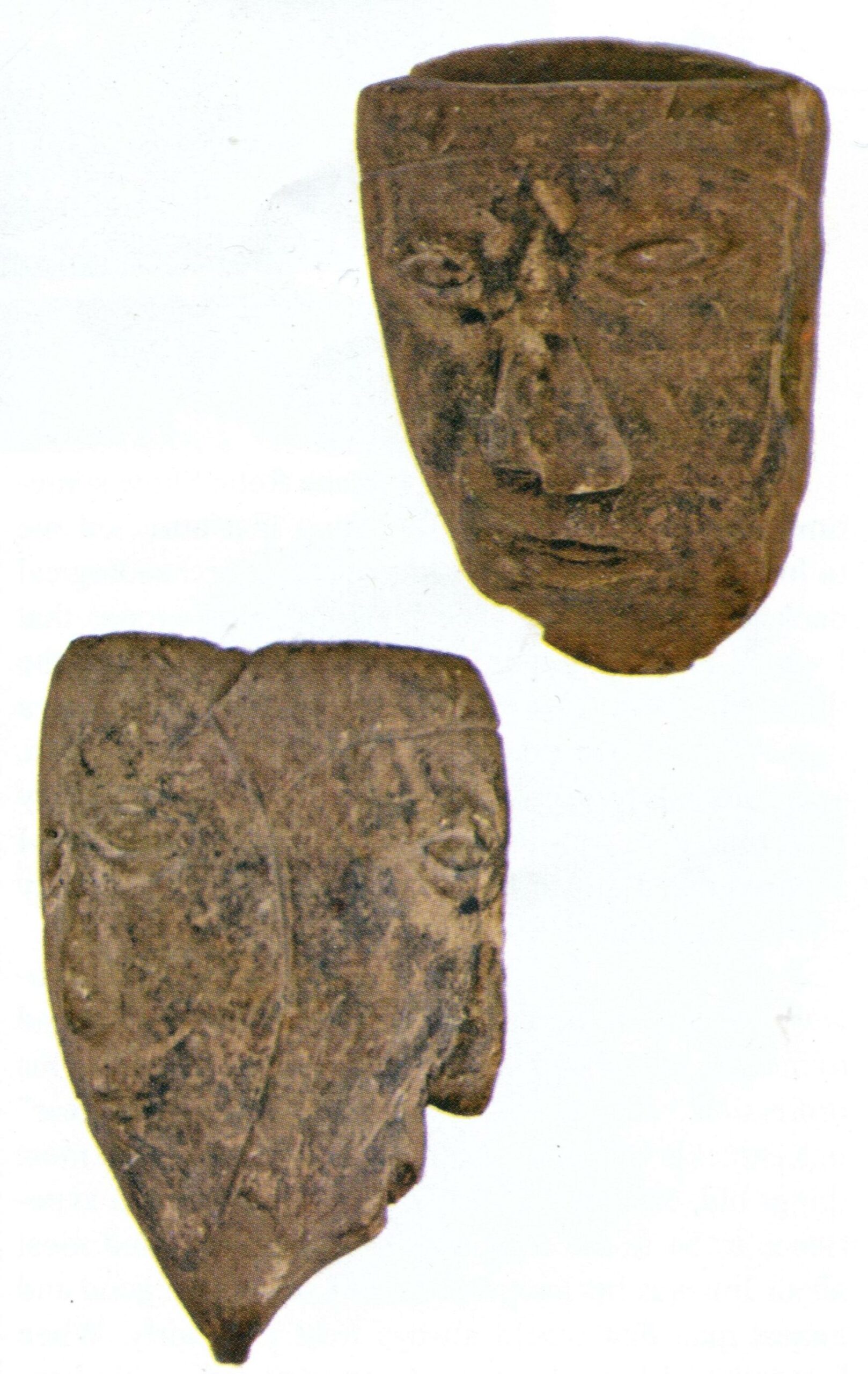
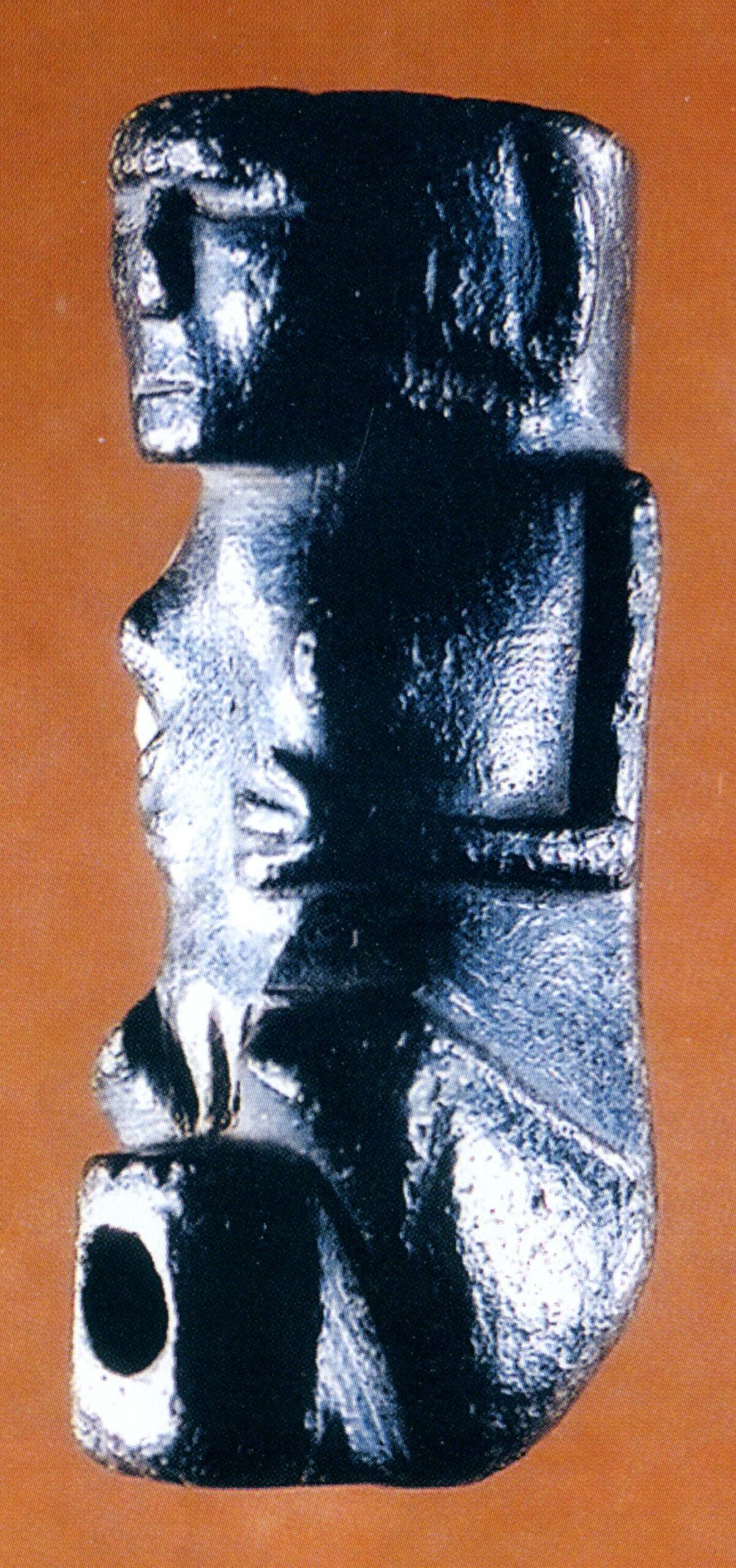
Pipes B and C seem to be a celebration of the events of life. Pipe C, referred to as a Ft. Ancient “Wedding Pipe,” was found by a farmer in downtown Mt. Sterling, Kentucky while hoeing his garden. The pipe has a female figure on one side and a decidedly male figure on the other. Pipe D celebrates the birth of a child as it depicts a woman in great pain and holding her abdomen.

Pipe E was recovered from a rock shelter in Pulaski County, Kentucky by James Bender in the 1960’s. The pipe is made of limestone and has retained much of its original luster. A very similar pipe was recovered near Petersburg in Boone County, Kentucky. The pipe appeared in the CSAJ, Vol.58, No.4 in an article written by Steven Cooper.
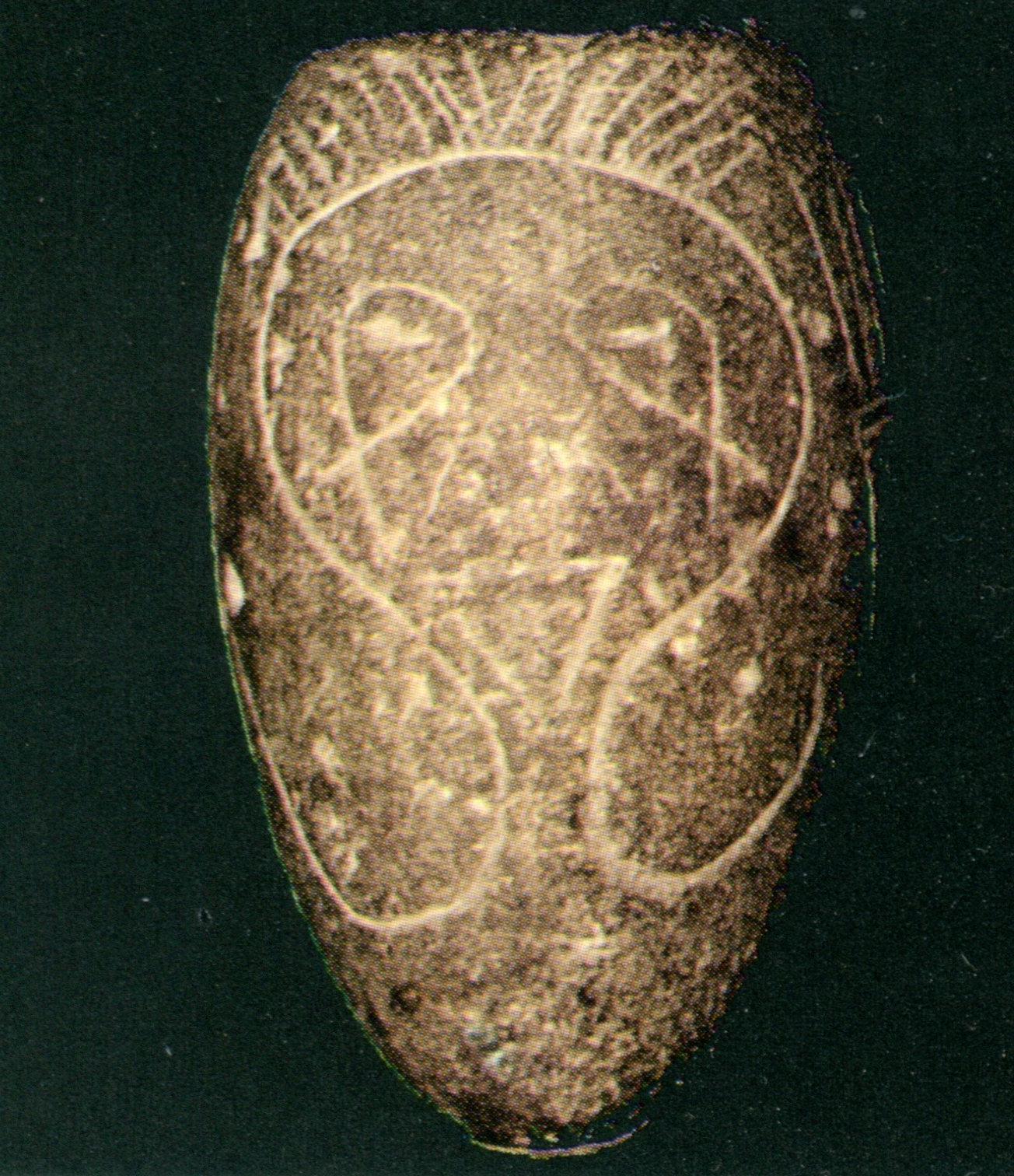
Pipe F was found Montgomery County, Kentucky and is very unusual in that it has a pictograph incised on it. The engravings on the pipe are very similar to those discovered in a large rock shelter, the Asphalt Rock Pictoglyphs (15-ED-24), located above the Green River in Edmonson County, Kentucky.
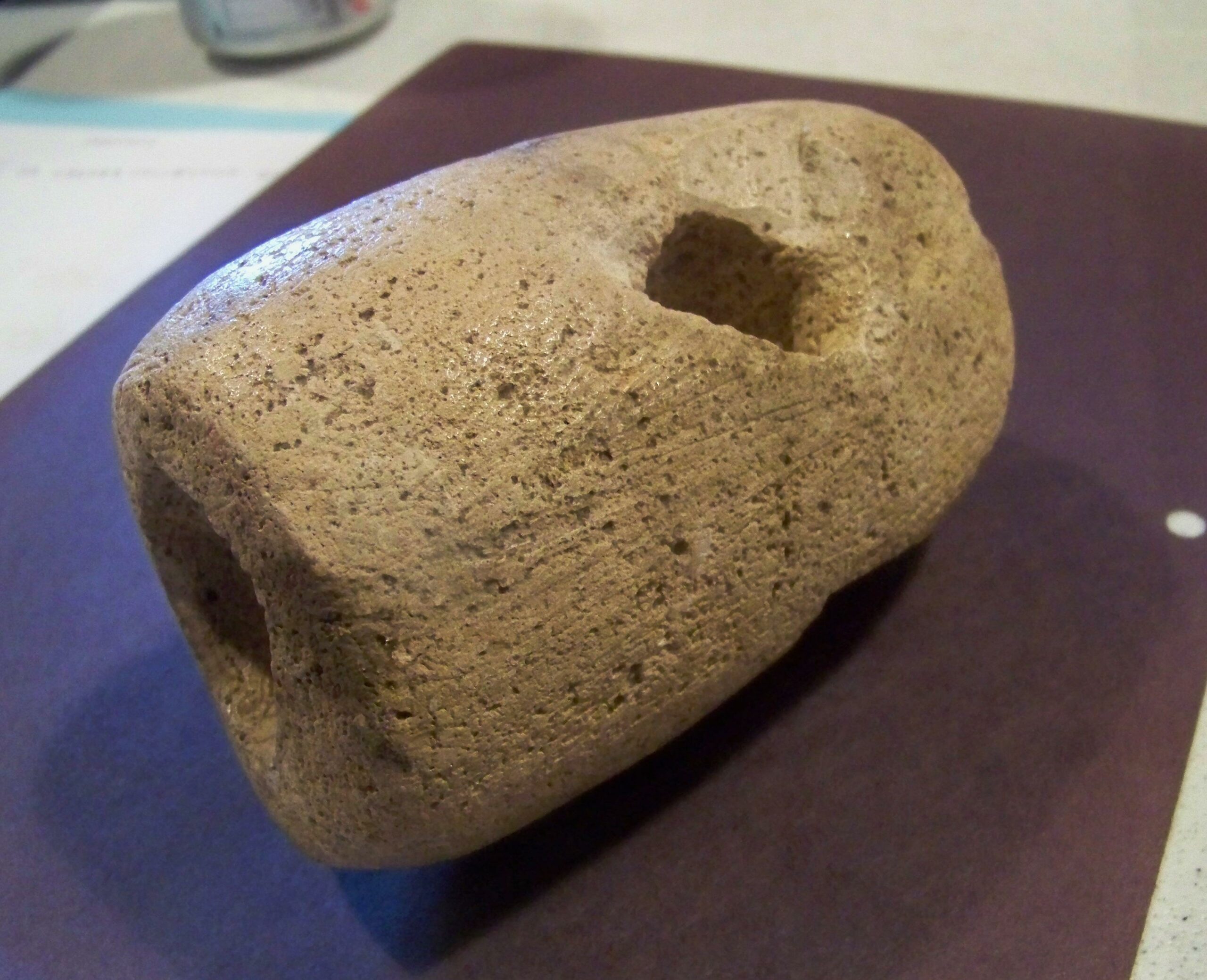
Pipe G is a large claystone pipe that came to me by way of a local collector at an artifact ID day in Gray, Georgia. The pipe measured just over 6 inches in length and nearly 3 inches in diameter. Judging from its rough exterior, thick walls and the relative absence of stemless pipes in Georgia, it appeared to be an unfinished pipe with no evidence of having been smoked. This pipe preform was fully drilled, but may have been intended as an effigy form, perhaps belonging to the Middle Mississippian period given its proximity to the Ocmulgee Mound complex at Macon.
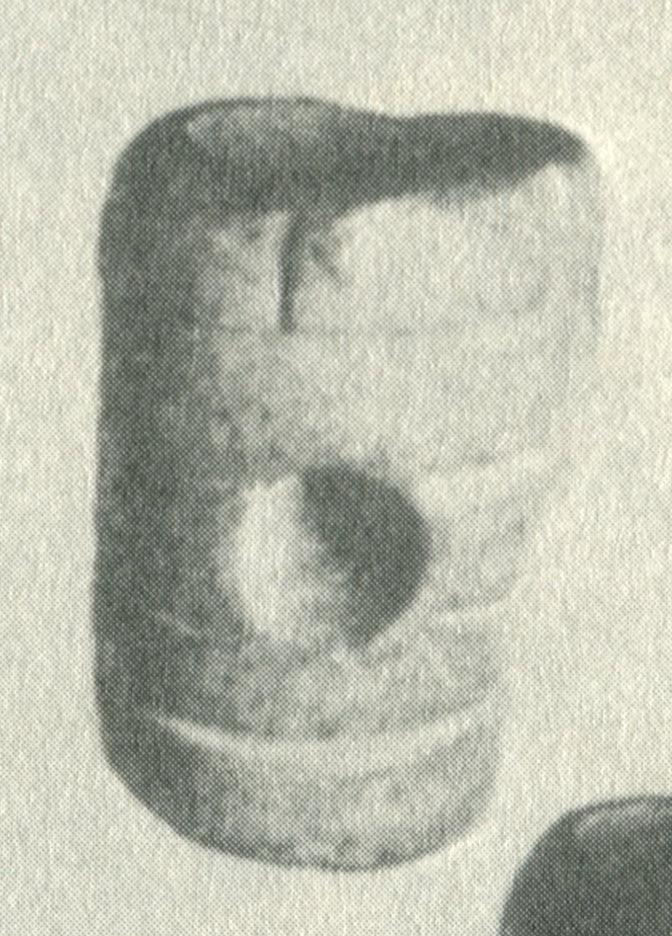
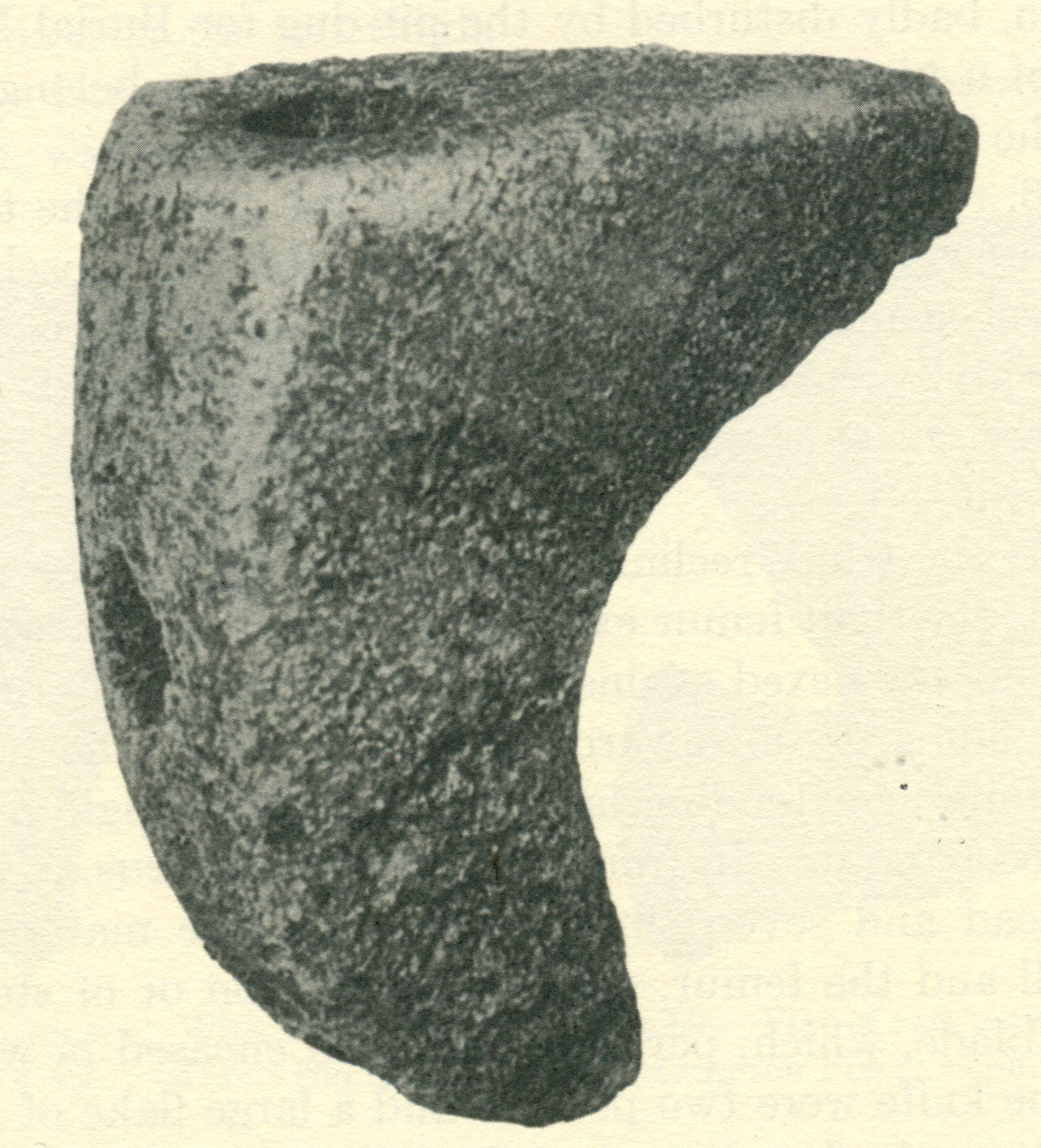
Pipe H is possibly one of the earliest examples of a stemless pipe and was illustrated by T.M.N. Lewis and Madeline Kneberg as coming from the Dallas component of the Hiwassee Island site and dating between 1300 and 1600 A.D. The pipe in figure H was recovered by C.B. Moore in a mound at Hampton Place, just north of the city of Chattanooga, Tennessee. Three of these pipes were found in this site, one made of claystone and two of limestone, and one with an iron knife included in the grave. Other burials within the site contained copper and brass discs and glass trade beads, marking this site as having European contact. This may mark the terminal use of this style of pipe.